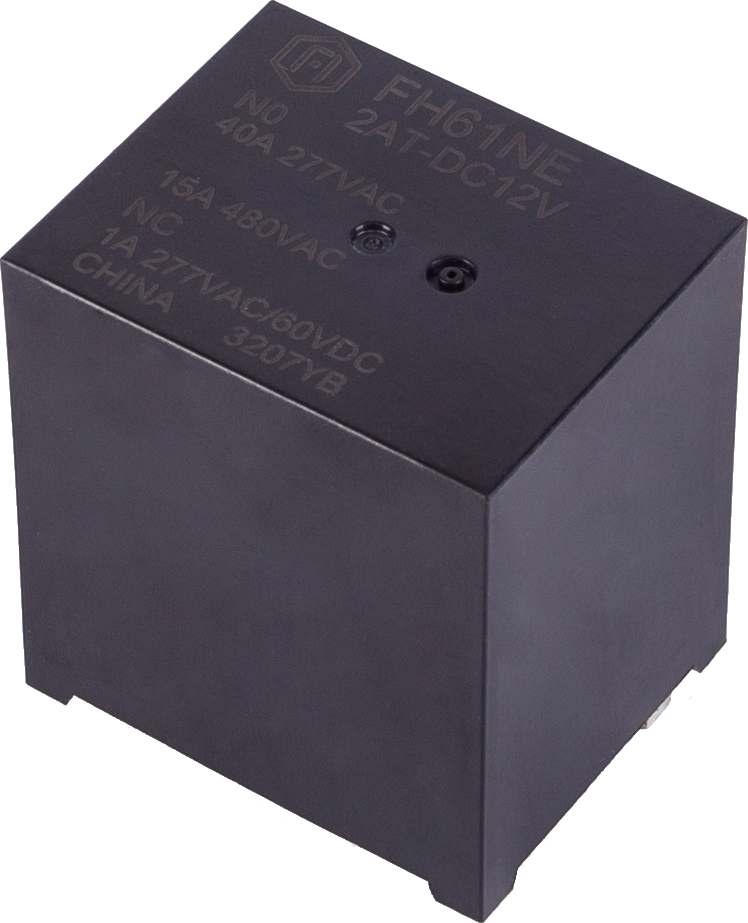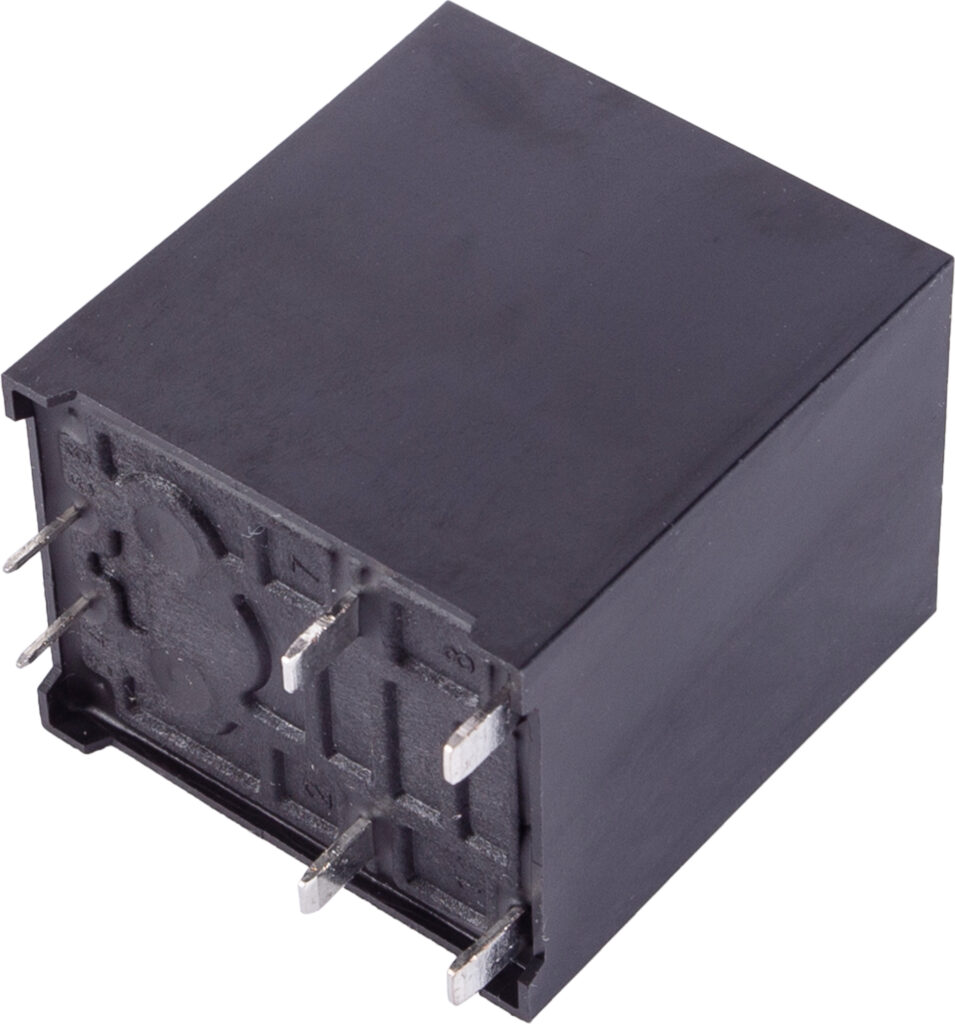FH61NE-NEUES LADERELAIS
FH61NE Leistungsrelais
Merkmale
● 2 Sätze mit 40 A Hauptkontakt + 1 Satz Hilfskontakt
● Wenn der Hauptkontakt klemmt, Hilfskontakte erfüllen die Sicherheitsüberwachungsfunktion (Gemäß IEC61810-3)
● Kontaktlücke :3.6Millimeter(Hauptkontakt) 1.0Millimeter(Zusätzlicher Kontakt) Zusätzlicher Kontakt:Min. 0,5 mm(Wenn der Hauptkontakt klebt)
● Spulenleistung ist:1.88W
● UL-Isolierungssystem:Klasse F
● Umrissabmessungen:(37.2x30x40)Millimeter
● Hauptanwendungen: Wechselrichter zur solaren Photovoltaik-Stromerzeugung, AC-Ladestationen, Ladegeräte für Elektrofahrzeuge.
● Die Spulenspannung wird an die gesamte Maschine angelegt, um Leistungsverluste zu vermeiden


